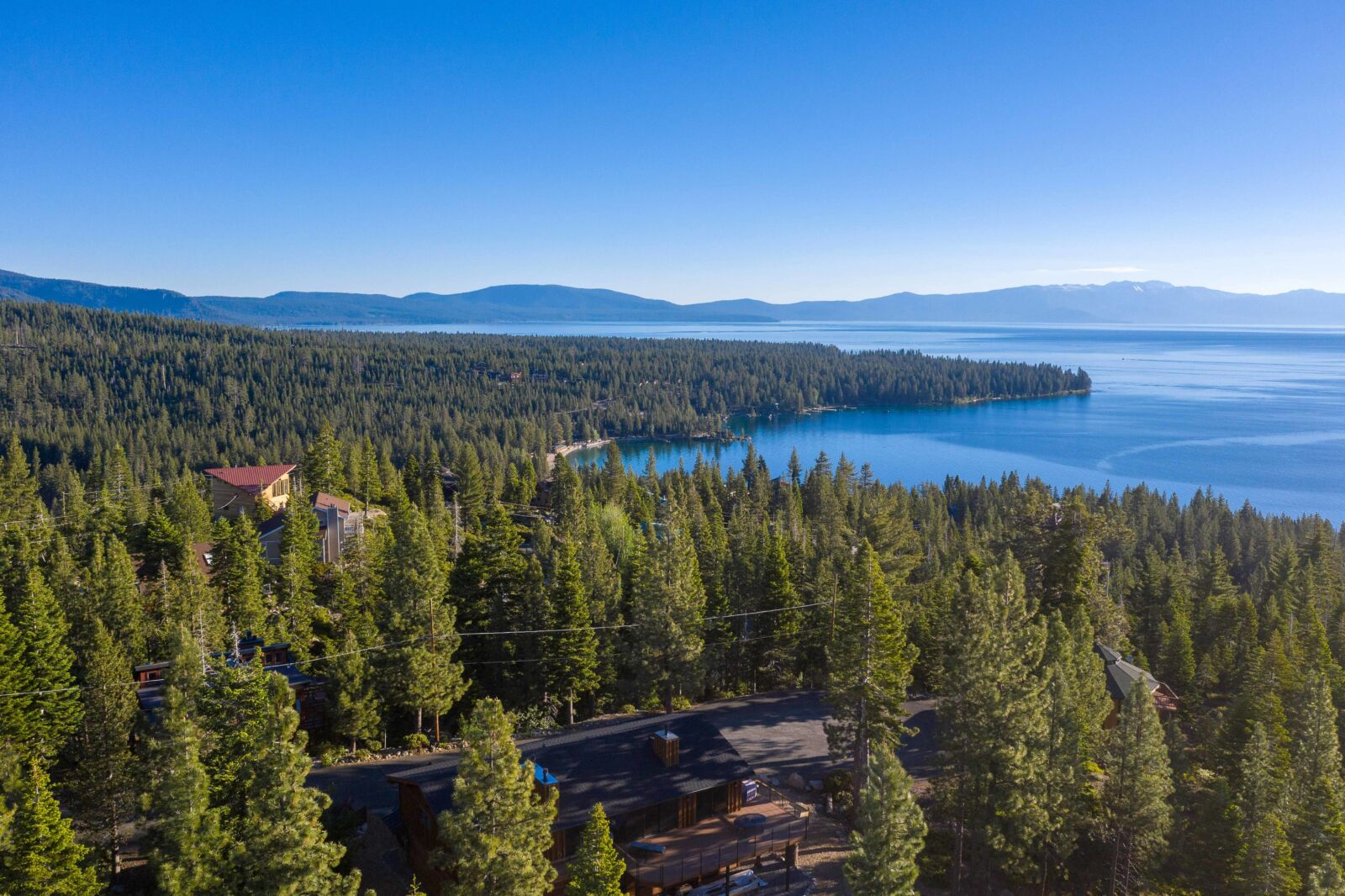The Lake Tahoe West Restoration Partnership has released a strategy to restore forest and watershed health across 60,000 acres of federal, state, local, and private lands on the West Shore of the Lake Tahoe Basin. The new Landscape Restoration Strategy will also help protect West Shore communities from the threat of catastrophic wildfires.
Decades of fire suppression have left forests with an accumulation of fuels that must be made a priority. Only a strategy of this caliber can address restoring forests, streams, and wildlife habitat at the pace and scale necessary to be effective. Landscape level restoration protects communities from wildfire and creates resilient forests.
The Lake Tahoe West Restoration Partnership—a collaborative effort led by the USDA Forest Service Lake Tahoe Basin Management Unit, California Tahoe Conservancy, California State Parks, Tahoe Regional Planning Agency, Tahoe Fire and Fuels Team, and National Forest Foundation—developed the Strategy to complement ongoing efforts to reduce fire hazards near West Shore communities, and to provide a science-based framework to guide continued forest and watershed restoration over the next two decades.
Wildfire, drought, and insects and disease epidemics—pressures that are amplified by climate change—threaten forests, watersheds, and communities across the Lake Tahoe West landscape. The Strategy aims to increase resilience to these pressures.

Photo courtesy of California Tahoe Conservancy
Based on this Strategy, land management agencies will substantially increase the pace and scale of restoration actions, including forest thinning, prescribed fire, and meadow, aspen, and stream restoration. Coordinated across land ownerships, these restoration approaches will restore and build more resilient ecosystems, wildlife habitat, communities, and recreation and economic opportunities.
The Strategy also calls for continued investment in programs such as increasing the resistance of homes to ignition by embers, establishment of defensible space around homes and neighborhoods, and community wildfire protection planning that protect communities from high severity fire.
The Strategy covers more than one-third of the Lake Tahoe Basin, a landscape stretching from the Lake Tahoe shoreline to the ridgetop, from Emerald Bay north to Tahoe City.
Agencies are currently planning and implementing numerous fuels reduction projects near communities and have begun planning additional restoration projects, across more of the landscape, based on this Strategy.
“This Strategy defines a vision and a path forward,” said Jeff Marsolais, Forest Supervisor for the Lake Tahoe Basin Management Unit. “By inviting key partners and stakeholders to the table, we’ve been able to consider a strategy beyond just the National Forest System on the West Shore.”
Partners in the Lake Tahoe West Restoration Partnership include the U.S.D.A. Forest Service, Lake Tahoe Basin Management Unit; the Forest Service Pacific Southwest Research Station; the California Tahoe Conservancy; California State Parks; the Tahoe Regional Planning Agency; the Lahontan Regional Water Quality Control Board; the National Forest Foundation; and the Tahoe Fire and Fuels Team; along with two dozen stakeholders and the Washoe Tribe of Nevada and California. The partnership also includes scientists and stakeholders representing conservation, fire protection, recreation, homeowners and businesses, and local government. Learn more at laketahoewest.org.

